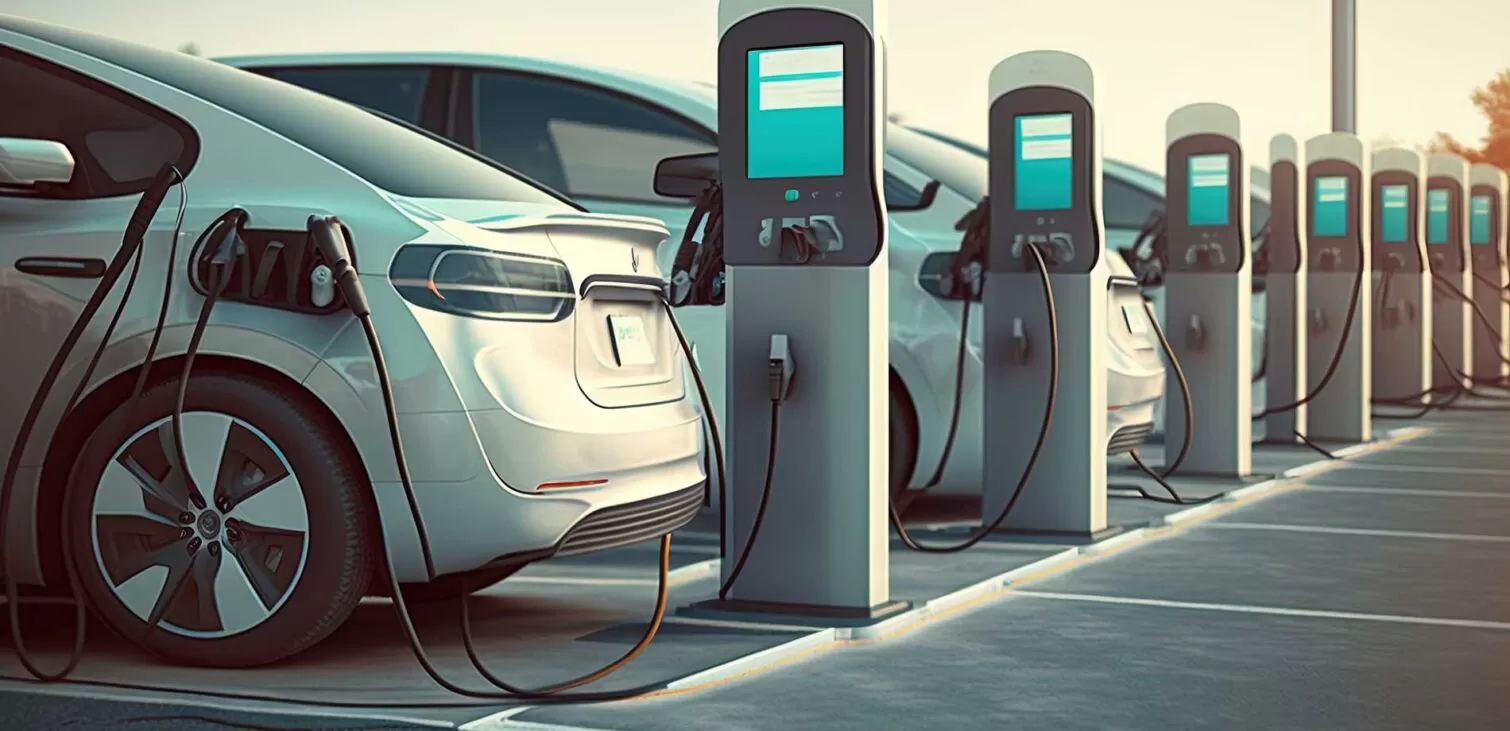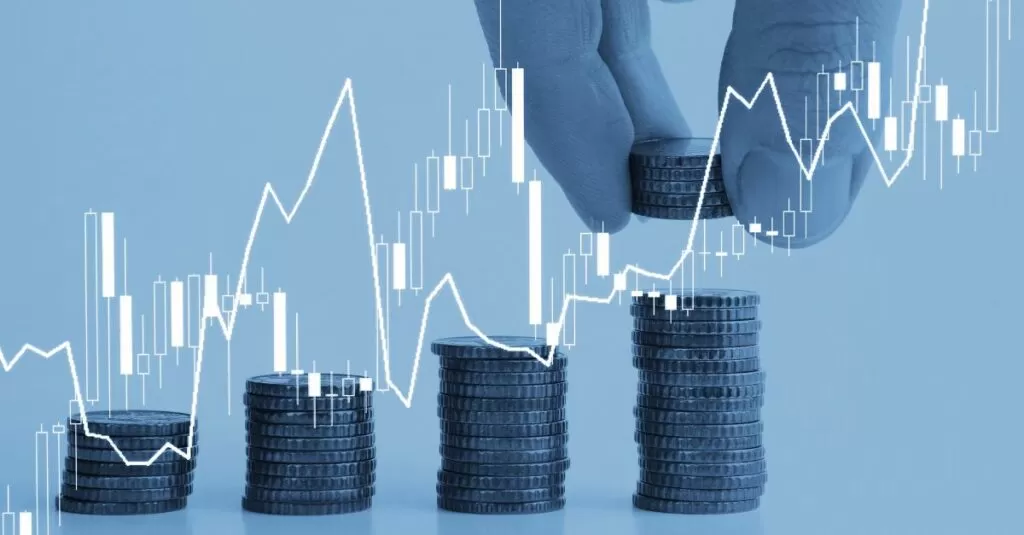The Rise of Wellness Travel: Vacationing With Purpose
From Credit Boom to Caution: The Story of Consumer Debt in 2025

The years 2023–2024 marked an unprecedented credit surge in America, fueled by low interest rates and easy access to Buy-Now-Pay-Later (BNPL) services and credit cards. Younger generations, particularly Gen Z, saw credit as a shortcut to achieving their desired lifestyles without delay. By late 2024, consumer debt soared to $17 trillion—a staggering 20% increase from pre-2020 levels. But when the Federal Reserve hiked interest rates, the boom turned into a financial reckoning, reshaping spending habits across generations.
Gen Z: The Burned Beginners
Raised on instant gratification, Gen Z embraced BNPL and credit cards without fully understanding the risks of compounding interest. A 2025 survey revealed that 62% of Gen Z borrowers didn’t grasp how interest worked—until it was too late. As rates climbed, 45% missed payments within six months, and 18% faced debt collections. Early credit damage now threatens their ability to secure car loans, apartments, or even jobs. One 23-year-old barista saw her $2,000 debt balloon to $3,100 due to penalties, lamenting, “I thought it was ‘pay later,’ not ‘pay more later.’”
Millennials: The Middle-Income Squeeze
Already burdened by student loans and stagnant wages, Millennials relied on credit to cover daily expenses. But rising interest rates made their debts unmanageable—auto loan defaults among 30–35-year-olds surged by 50%, with monthly payments increasing by $150 on average. Many now face impossible choices: a 38-year-old teacher with $65,000 in total debt had to slash retirement contributions, reflecting a broader 30% decline in 401(k) savings for this generation.
Gen X and Boomers: The Guardians—and the Givers
Sandwiched between aging parents and financially struggling children, Gen X took on debt for caregiving. A 52-year-old nurse, for example, borrowed $10,000 to cover his mother’s medical bills. Meanwhile, nearly 25% of Boomers dipped into retirement savings to help adult children, with some even refinancing mortgages. One 67-year-old postponed retirement to 70 after refinancing to assist her daughter, proving that financial strain knows no age limits.
The Ripple Effect: Culture, Policy, and Progress
The debt crisis reshaped financial behaviors and policies. “Debt solidarity” groups emerged, offering budgeting advice, while thrift culture boomed—Gen Z’s secondhand sales jumped 45%, and Millennials embraced “no-spend challenges.” Lawmakers responded with expanded student loan relief and stricter BNPL transparency rules. Thirty states now mandate high school financial literacy courses, often taught by educators who’ve lived through debt struggles themselves.
Conclusion
2025 marked a turning point in America’s relationship with credit. Gen Z learned the hard way that patience beats plastic; Millennials shifted toward sustainable rebuilding; and older generations realized financial stability isn’t guaranteed. With potential rate cuts in 2026, the true test is whether these lessons stick. Early signs are promising: credit applications among 18–24-year-olds dropped 30%, and savings rates climbed. The legacy of 2025? True prosperity lies in what you can afford—not just what you can buy. A painful lesson, but one worth learning.


De-Dollarization 2025: Can the World Really Ditch the Greenback?

Digital Twins Are Becoming the Backbone of Smart Cities

The EV Revolution Is No Longer About Cars—It's About Infrastructure

The Weight Loss Drug Boom: What’s Behind the Global Ozempic Craze?

From Credit Boom to Caution: The Story of Consumer Debt in 2025

The Rise of Spatial Computing: Why Apple Vision Pro Is Just the Beginning

Work-Life Reimagined: Designing a Lifestyle That Prioritizes Wellbeing

2025 Personal Finance Playbook: How to Grow and Protect Wealth in Uncertain Times

Are Wearable Health Devices Doing More Harm Than Good?